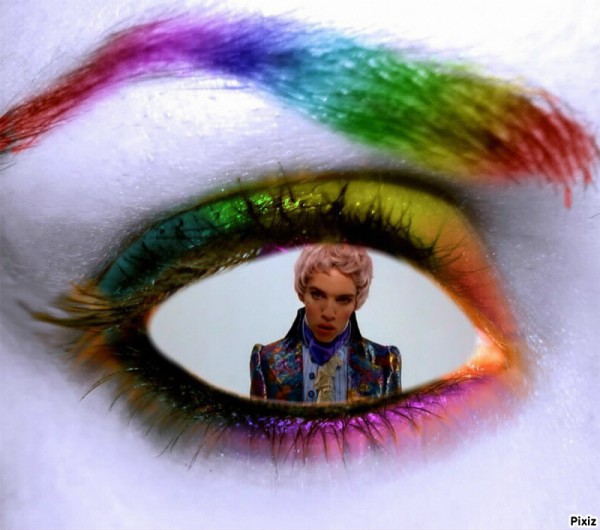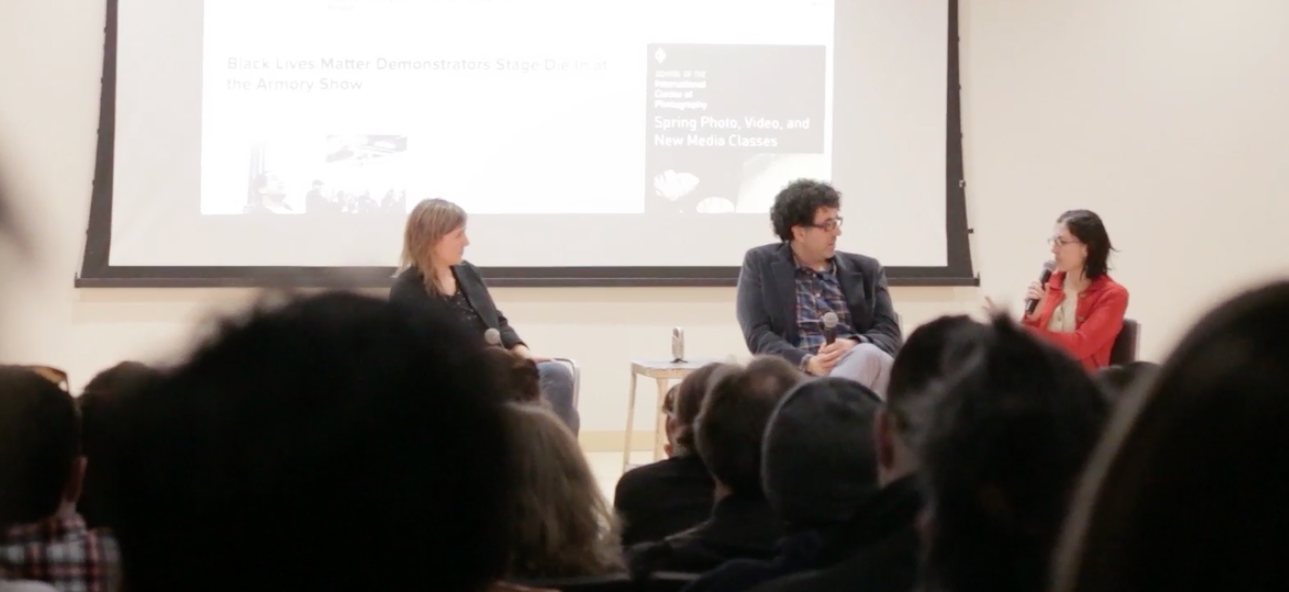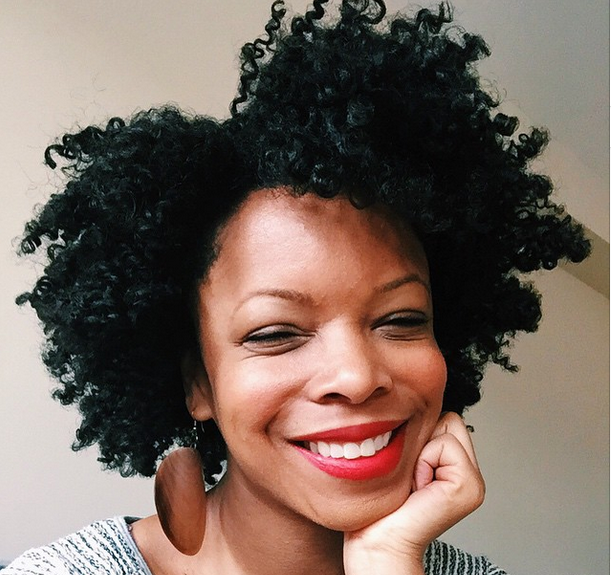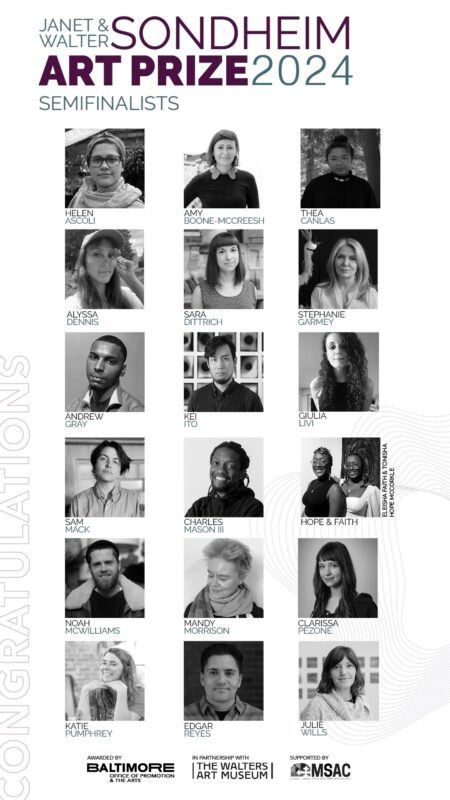Jermaine Bell talks to Andrea Pippins about her design practice, current trends, and being the only person of color in the room.
Andrea Pippins is a graphic designer known for her use of bold color and dynamic patterns. Her blog, Fly, started in 2006, was so successful it has led to thousands of followers on Instagram and numerous professional opportunities.
Pippins has designed for TV Land and Hallmark Cards and she is currently a professor of graphic design at The Maryland Institute College of Art. She is also currently in the middle of launching a series of design workshops. Pippins’ ‘Fly Girl meets Intelligentsia’ persona has even landed her in the Oval Office. Read on to find out why America’s Commander in Chief even thinks Andrea Pippins is “fly.”
Jermaine Bell: Can you tell me about your upbringing? Did you grow up in Brazil?
Andrea Pippins: I was born and raised in Maryland. My mother is Brazilian. She is from Rio de Janeiro. She came here as a young woman and met my father in Virginia and that’s how they connected. I grew up just outside of DC in a suburb called Bowie, MD. DMV was not a term when I was growing up so I consider myself as DC / Maryland Native. And, even though I grew up 45 minutes from Baltimore. I never really knew that much of Baltimore, it was not a place that I frequented. So living here now I am just getting to know Baltimore.
JB: What about your education and early professional life? What are the places and institutions that have shaped your career?
AP: I went to school for undergrad in Philly, at Temple University Tyler School of Art. After graduating, I moved to NYC on a whim – I didn’t have a job a plan or anything. And I was there for eight months working at the Brooklyn Children’s Museum.
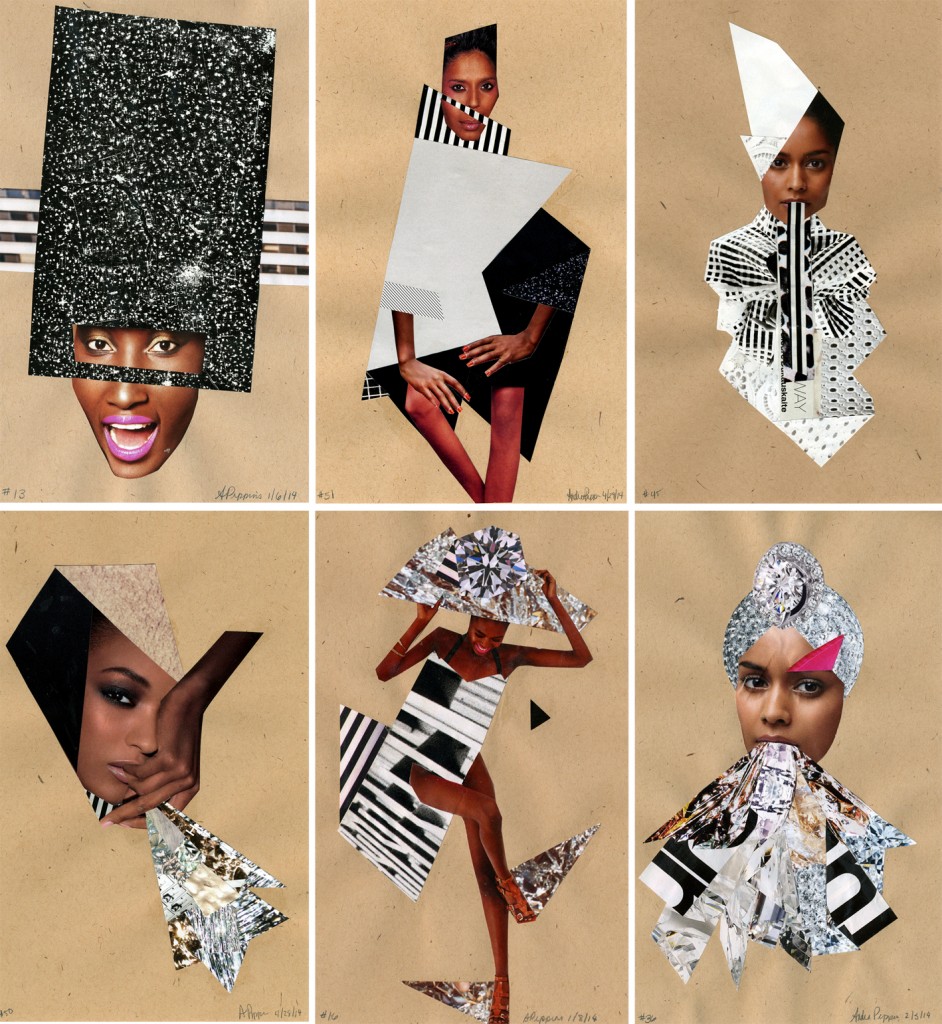
And, then I went on to Kansas City to work for Hallmark Cards and I was there for about almost two years. Then I was offered a job back in New York, so I went back for three years. The first time I lived there I lived in Ft. Green, Brooklyn and the second time was in Harlem, so I was able to experience two different, rich black cultures. And then I went back to school in Philly (at Tyler) for graphic design at the graduate level. So that’s Maryland, Philly, NY, Kansas City, New York, Philly, and then MD. So, I did a full circle.
JB: You mentioned seeing Halle Berry in Boomerang and being inspired to work in design on your website. Do you think young African American kids are aware of the possibility of a career in design?
AP: I think so now, probably more so than when I was a young person because of the Internet. Even if a young person doesn’t know if it is called design, they are doing design. They’re actively making visual images, but I don’t know if they have the language for what they’re doing and how to pursue a career in it or monetize it. I think that’s where there is a bit of a disconnect. But, I do know that the young people of color are making more [art and design] than when I was young.
JB: When I was growing up I don’t remember artist lectures and talks being as prevalent as they are now. Now it’s part of the marketing so there is more visibility, so do you think that people of color (POC) are taking advantage of that?
AP: I think people definitely take advantage of it, but I don’t think everyone has access to the information. Looking back I wonder, were there less talks or did I just not have the access to what was happening? Had I gone to Duke Ellington, the arts school in DC, as opposed to Largo High School, would I have had access to the Corcoran and all the resources there? I don’t know, but I think I might have been attending talks and going to shows. But of course hindsight is 20 / 20. So I don’t know.
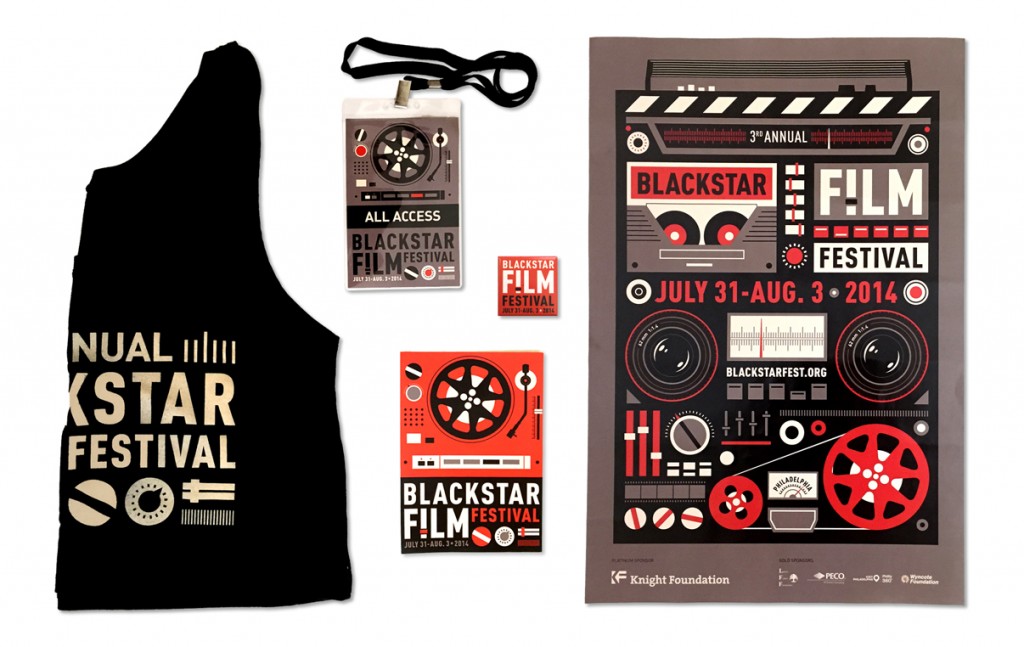
JB: So what do you think the disconnect is for POC and the arts and design? Are there just too many other things on their plates?
AP: There are so many different factors. Its SO layered! And, in a lot of ways it’s a Catch 22. If you don’t see someone like you, you’re not going to pursue it and therefore you are not going to be a representative and then the cycle continues. There’s this idea that being a creative person for a living is a luxury, so there is that financial perception as well.
JB: So what can you do?
AP: I talk about this with my friends all the time! How do you get around it? At the end of the day it’s about reaching that young person and giving them the tools, WHATEVER they have at that moment. It can’t just be about “Lets get computers into the classroom with Adobe.” I think it’s a lot deeper than that. It’s about understanding your voice and your creativity and harnessing your story. I think if we get young POC to realize that they have the power to control their own stories, that itself will change everything.
JB: How do you feel when people say that bold patterns and other Afro influenced design is a passing trend?
AP: We just had this talk in my patterns class because I want them to use the appropriate language for different patterns and motifs. You know, it’s fashion, so things do come and go, but I think this is a missed opportunity to educate. We have to be careful about appropriating images I have made the mistake, too. You just have to know what you are using when you are creating art or clothing that you are going to mass market to millions of people. I think that we have a responsibility to know what we are using.

JB: Tribal or global seems like buzzwords right now for these kinds of patterns.
AP: It’s a buzzword; it’s a lazy term because when you say African print and you’re talking about an entire continent of extremely diverse people… It’s just a missed opportunity.
JB: I understand that you’ve gotten inspiration from African barbershop signs. Not being African, is that a form of cultural appropriation? Or do you believe that black people from other regions can appropriate African culture. Or is it a reclaiming of what we were not connected to before?
AP: I think it’s both. I don’t think just because I am black, that it gives me the privilege to appropriate images that I don’t know anything about or just using them haphazardly. That puts me in the category of other people who misuse images, but I do think that my intentions are different.
For me, it’s not just about making money off of these cool, trending images. I am really curious about them. And there is a connection to them that I cant explain, whether it’s the color or how graphic it is, so I try to learn what I can and be aware of it and how I use it in my artwork. But there is a fine line because I am an artist. I see things and I get inspired and I should have the luxury of doing that just because I am inspired, but of course you don’t want to be offensive. But again, it’s art and if people are offended then that could be part of the whole process…
I do have a problem when I think of artists like Picasso and his appropriation of African imagery and being awarded, and put on a pedestal for the work that he did, and it had been done centuries before him… It’s just important to be aware of where everything comes from.
JB: What are the design trends that inspire you?
AP: So many things inspire me. I know I’m going to leave something out, but: hand-painted barbershop signs from various countries throughout Africa, photography from Malick Sidibé and Seydou Keïta, patterns, women of color, Brazil, 80s-90s hip hop styling, vintage black American ephemera, folk tales, black mythology, Afro-Futurism, the Black Arts Movement, and people who make things by hand. Libraries, museums, and markets always get my creative juices flowing. Terence Nance, Yinka Ilori, Tafui, Asilia, Quilts of Gees Bend. And I’m totally obsessed with Ava DuVernay‘s mind.
JB: What styles or concepts do you see or foresee becoming trends?
AP: Some trends that I am seeing are: big chunky type, chunky slab serifs, black arts movement revival — including all things Afro-futuristic, grays and nudes, Diasporan mythology and spirituality, more and more boutique magazines, the Black Americans owning and telling their stories, ultra-culturalism and / or ultra fusion of cultures, and third culturalism.
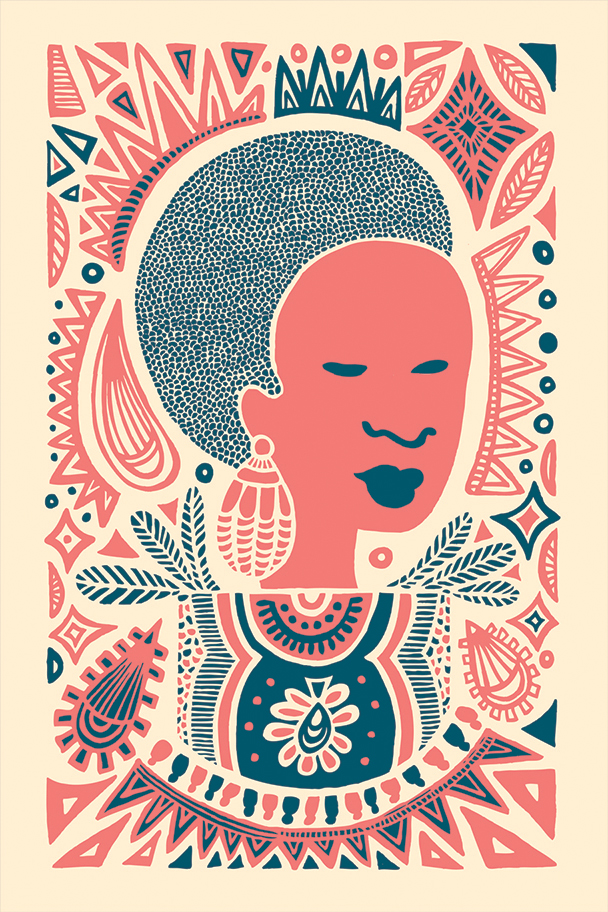
JB: This is a Civil Rights Movement without being a civil rights movement. There is picketing and marching, but it’s also happening online.
AP: We kill it all the way around. In terms of music DONE. Fashion DONE. Sports DONE. Medicine. DONE. So the next wave: Technology, Art & Design.
JB: What designer’s work influences yours?
AP: I try to avoid looking at other designer’s work too often. It’s always cool to see what other people are doing and I always encourage my students to do the same. But, I try to look outside of design for inspiration.
There are some great designers of color, Darhil Crooks, the creative Director at The Atlantic, Kristy Tillman, who used to work at Ideo, Stephanie Matthews for Colorful Rambunction, although she is more of a fine artist and illustrator but I know she has done graphic design. Her stuff is awesome. I look at her stuff and say, “Why didn’t I think of that?” But I try not to look too much because I don’t want to copy her.
JB: …and you’ll do it without even realizing it.
AP: Which is why I love social media – it’s like a Harlem Renaissance that’s happening, but we’re not all together in the same brownstones in the same salon having tea. We are using social media as a way to inspire and encourage each other. When you think about Gertrude Stein and the salons she had with Picasso, Hemingway… they all informed one another’s work, so I think copy is not the right word…
JB: The thing is that nothing is really that original so, if she did it before you did someone else did it before her. Do you see yourself as a trailblazer in terms of being an African American woman designer? Is it challenging?
AP: Trailblazer is a big word! I don’t know if I will say trailblazer. But, I do feel like I have been given the opportunity to do something different. And, I have been able to use different platforms to share my story. I feel like I am able to do what I wish someone had done for me when I was a teenager or in college… just someone who speaks a similar language and who looks like me. I offer that option. But trailblazer…I don’t know.
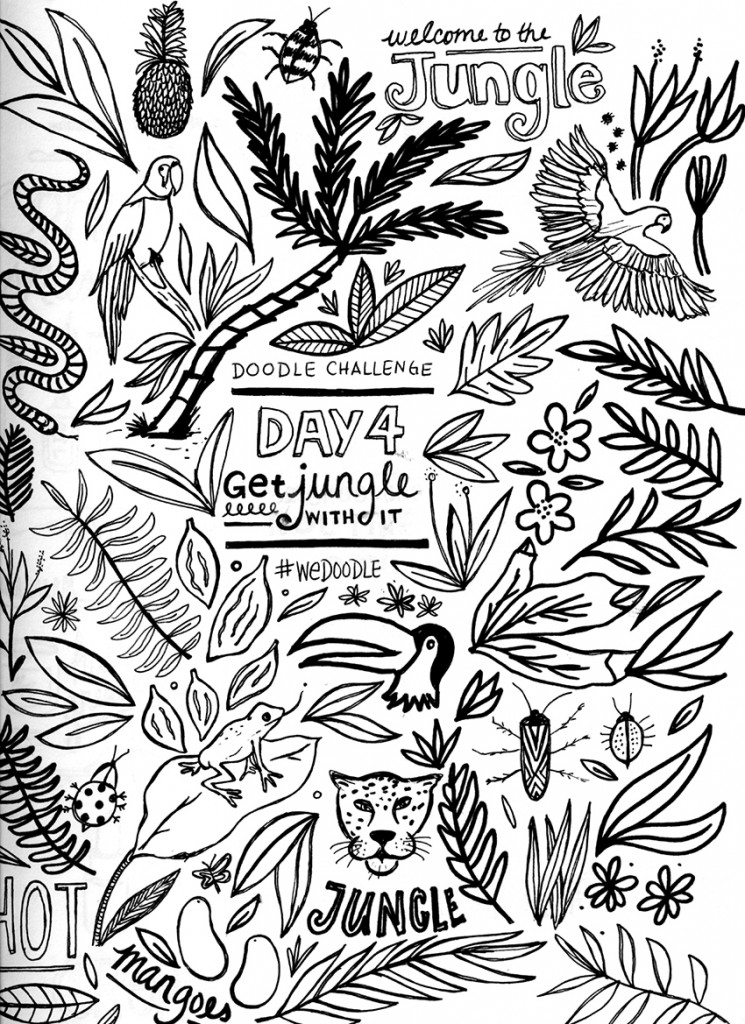
JB: Like I said, it’s an everyday civil rights movement happening right now. My mom and dad are trailblazers because he went to UPS everyday and broke his back… because everyone can’t be Oprah.
AP: See when I hear trailblazer I think…
JB & AP: OPRAH!!
JB: The fact that you are suggesting artists to speak at MICA is trailblazing. I’m going to go Kristy Tillman’s upcoming talk and I am going to tell others to go to that talk and someone I invite can go and have their A-HA moment as Oprah would say, and then they could go on to be the next Oprah.
AP: I’ll take that
JB: Have you ever pitched or worked in an environment were you were the only person of color? Is it challenging pitching work to a room of people who may not get some of cultural references?
AP: When I was in grad school I was taking a class about controversy in art and I really wanted to focus on Kara Walker, but I was like “ I am the only person of color in this class, “ and I never wanted to do what was expected. I never wanted people to box me into a corner so if I do Kara Walker, “Of course you did Kara Walker, of course you want to talk about racism and stereotypes.”
But then I had a moment where I realized I should be able to talk about whatever I want to talk about, so I ended up following my original idea, even though I didn’t get much feedback on it. There is a lot of criticism about Walker’s work, so it would have been great to have a discussion, but it gets difficult when people don’t have the language or experience to really communicate.
Later on, I had a similar experience in a graphic design class, but it created an opportunity to for me to open up to the group about being the only person of color in the room. This time, it was great. I think that’s what we need more of to be able to understand what people are going through and being open to other people’s perspectives.
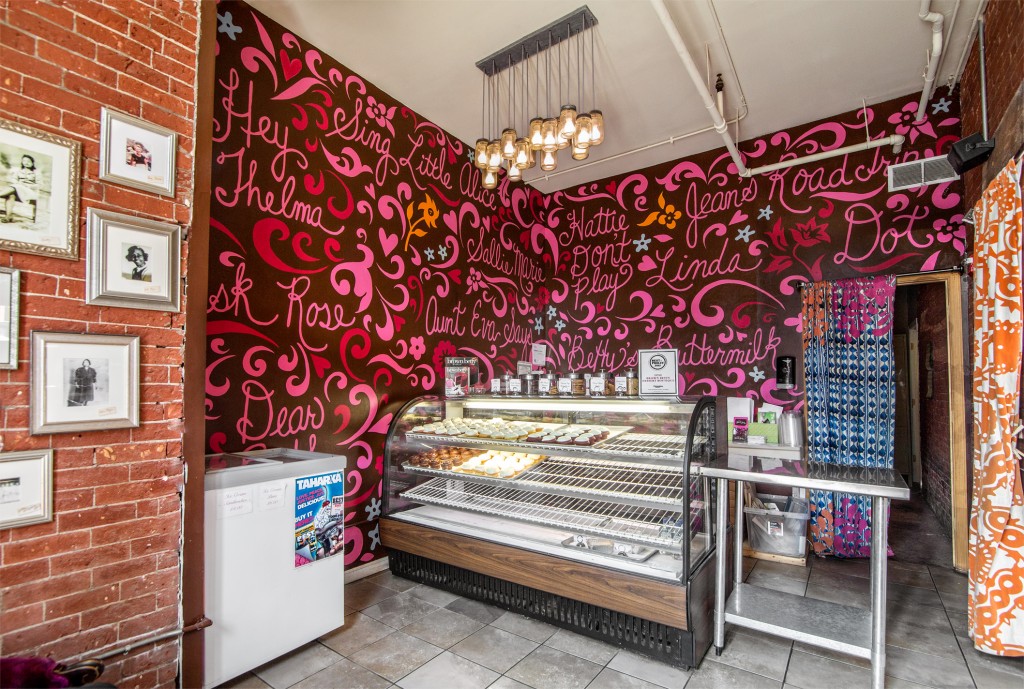
JB: Tell me about the evolution of Fly, since it’s approaching its 10-year anniversary.
AP: It started in 2006 when I was at TV Land I saw another blog. I was like, what is this? I was thinking about starting a magazine and a magazine didn’t feel like it was the way to go…
JB: It’s so expensive? The overhead is insane!
AP: I thought running a blog would be a nice segue to see if it was something I could do… I didn’t put a lot of thought into it the name… no real thought. Surprisingly it ballooned into all of these things and it afforded me so many opportunities I never dreamed of. I went to the White House and met President Obama. He called me Fly and I was like “ WHAT!?”
JB: This is what I mean by trailblazer! You are a DMV girl and you got to go 30 minutes away to the white House. Its not that far but that 30 minutes is a LONG trek. I have never been inside those gates. I have been outside of them.
AP: It was an amazing moment, and it was because of my blog that I had that opportunity. Even projects that I have been able to work on because I put my work online. It’s become this platform that has given me access to places I never would have imagined.
JB: How did you gain your blog and Instagram followers? Was it just consistency?
AP: I had a strategy when I started. In 2007, I started Fly Girl of the week so it was a dual thing. I wanted to feature other ladies, not just ladies of color, just other ladies that were doing really amazing work, whether it was an artist or they had their own business. They got to tell their stories and I knew that they would share with their audience. It was that strategy that made my blog grow. And I posted a lot. I was doing 2-3 posts a day, and then I started doing videos. It was pretty early and a lot of folks were not doing videos yet. That came from TV Land because I had a lot of animator friends who did video and they helped me out a lot. I think there were all these different layers that people were gravitating towards
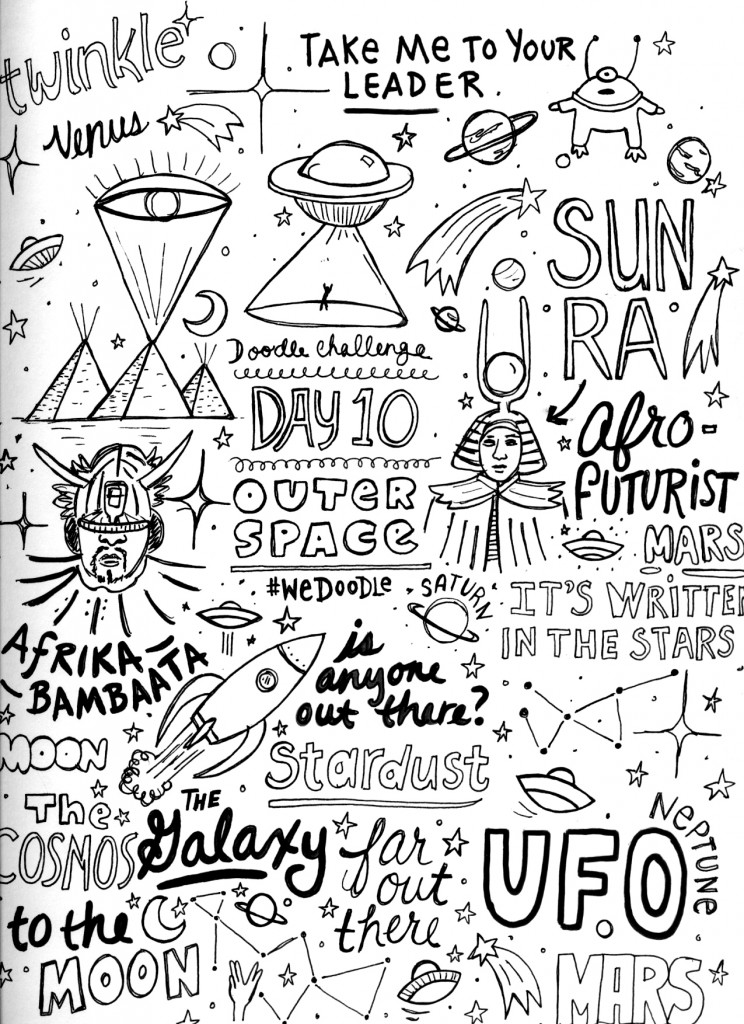
JB: So it was variety and consistency?
AP: I think so.
JB: Is there anything new and exciting coming up for you?
AP: I’m launching a design workshop series where I plan on sharing what I know in a different platform, beyond social media and the standard classroom. Initially, I am teaching them in person, but hope to take them online and on the road in the near future.
JB: It’s been a long, cold winter, but I know you do “What I like right now” on your blog. What do you like about Baltimore right now?
AP: I like Doobys! When it’s warm I love walking by the east side of the harbor. The Baltimore Farmers market under the bridge. MAGICAL! I Love it! The people I have connected with are amazing. I meet with three young ladies who are also artists / entrepreneurs and we meet quarterly and discuss our goals. There is definitely a sense of community and being at MICA I am seeing it even more.
JB: Do you feel it’s manageable to have a successful design career and be based in Baltimore?
AP: Baltimore is a great place to nurture your talent and work and support others who are doing the same. I’ve connected with a great creative community here, from print-makers to textile designers, web developers to photographers. Baltimore is superbly rich with folk who are really doing amazing things. It’s an awesome testament to the power of creative energy. It doesn’t matter where you are (especially in this digital age), you can make things happen.
Author Jermaine Bell is a Baltimore-based Freelance Visual Designer.
